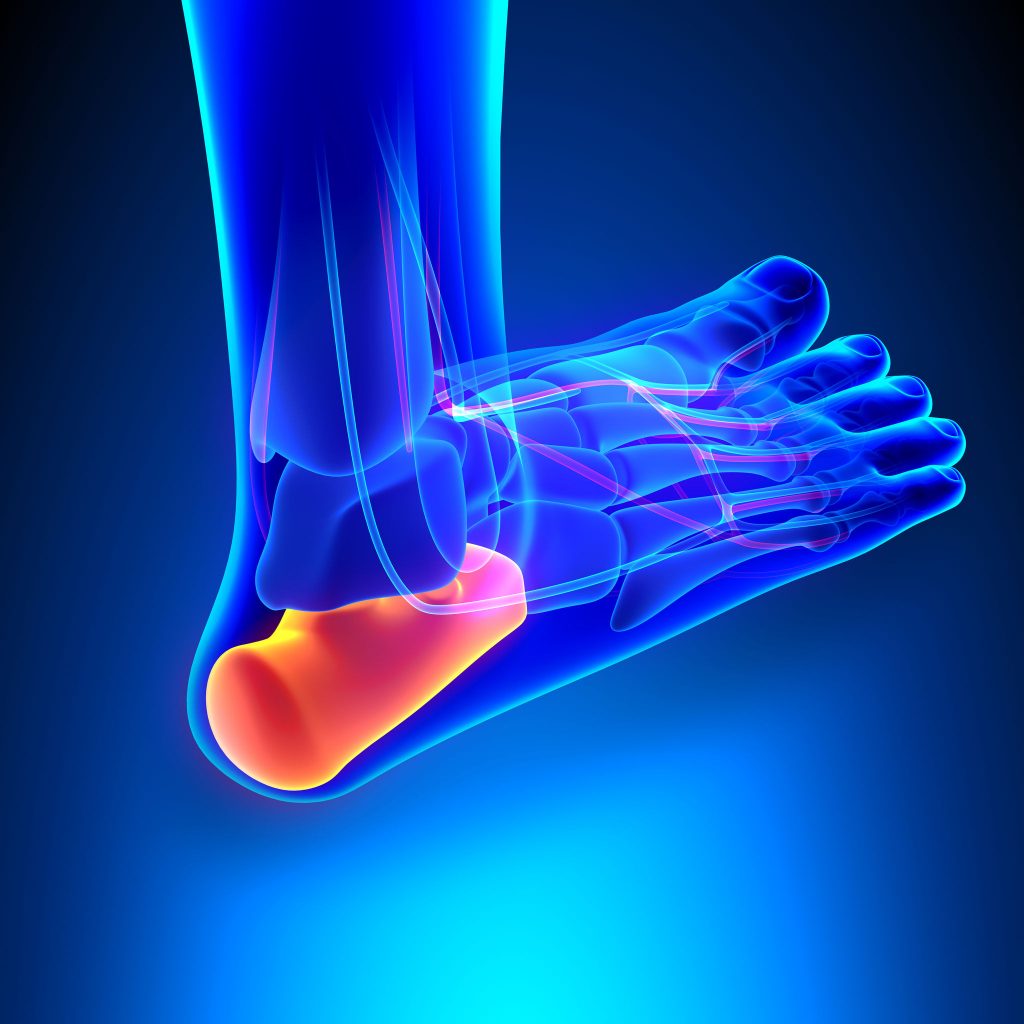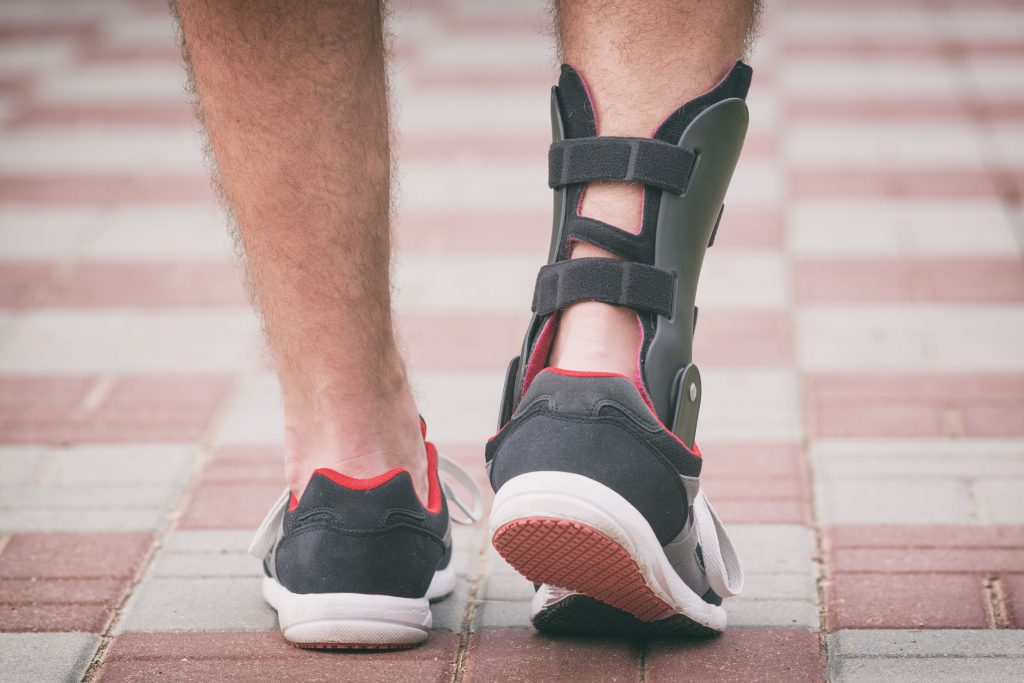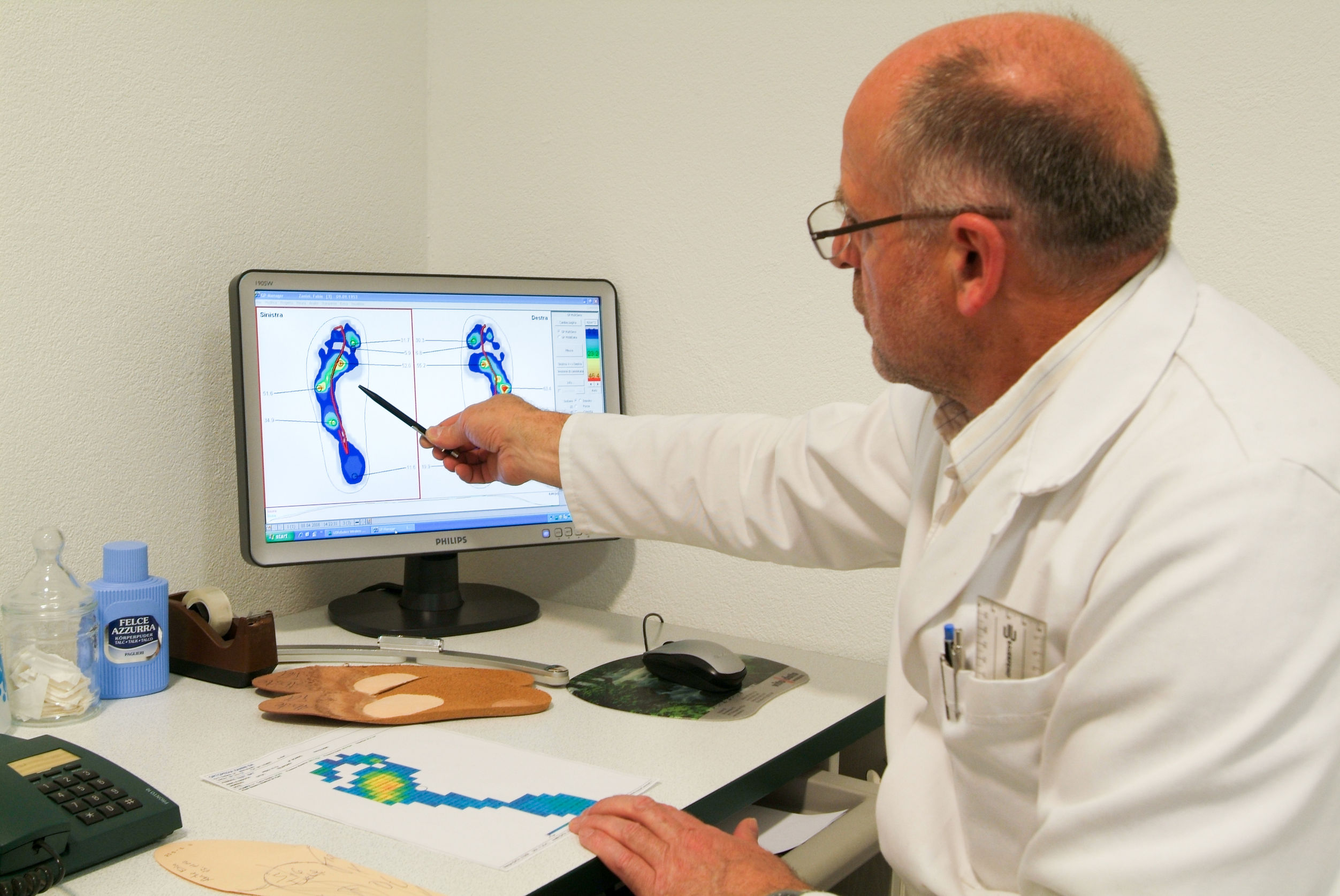Thankfully, shoes have improved over the years. Someone smart finally realized that if shoes fit each foot correctly, they would be more comfortable. Now, shoes are no longer just protective barriers from dirt, rocks and weather, they are (usually) functional, lend support, and protect our feet while we go about our business.
But even now, we are still making improvements to footwear. Doctors realized that a lot of physical problems could be corrected by modifying to peoples’ shoes. Back pain, bad posture, and flat feet — among other things — could all be fixed through the feet.
Since humans come in all shapes and sizes, with different needs, custom-made shoes and inserts have improved the quality of life for many. Best of all? They are eligible for coverage under most supplemental medical insurance plans.
Common Ailments
Everyone’s needs are different, and this goes for their feet as well. Some people are lucky enough to have perfectly sized, arched feet with no impediments. Others, however, may require a little help.
Some of the most common diagnoses that require correction include:
- Plantar fasciitis – A ligament runs from your heel to your toes. When this ligament becomes strained, it is painful to stand or walk.
- Pes planus – AKA flat feet, this occurs when your arch is not fully formed or did not develop normally.
- Metatarsalgia – This refers to when the ball of your foot is inflamed and painful.

- Foot deformities – Many different deformities can affect the way you walk, and the alignment of your legs, hips, and back.
Your medical insurance company will require a diagnosis from a medical doctor to consider any claims for custom-made footwear or orthotics. Double check with your provider to find out what exactly they need to reimburse your claim.
Orthopaedic Shoes
The National Institutes of Health lists several foot issues for which custom-made orthopaedic shoes are prescribed.. A cast is made of your foot, and the doctor will determine what kind of support you require. Then your shoes are made according to his or her specifications. Remember, these shoes MUST be made specifically for you. Some foot clinics will assess your foot and choose an existing shoe off the shelf that may suit your needs. Those are certainly orthopaedic shoes, but they are not custom made.
Additionally, a medical doctor must prescribe your shoes — a prescription from an orthopaedic technician is not acceptable. Remember, your diagnosis must always be indicated on your referral.
Having a foot deformity or one leg that is longer than the other are the most likely scenarios where shoes will be eligible for reimbursement. Custom footwear is very costly and your insurance will not cover it if your problem could be fixed with less expensive orthotics.
To determine whether or not you are eligible for custom shoes, it’s a good idea to get an estimate from the shoe provider and send with your prescription to your insurance provider. You will then have a definitive answer in writing.
Custom Orthotics
Custom-made orthotics are more likely to be covered by your health insurance plan. While they are still rather costly, they are cheaper than orthopaedic shoes, and they can be used to help with a wider range of problems.
Orthotics are inserts that go into shoes you already own. You often see insoles sold in drug stores next to tensor bandages and elastic knee braces. Those particular “orthotics” aren’t eligible for reimbursement as they are not custom made for you.
As with shoes, you’ll need to get a prescription from a medical doctor stating the specific diagnosis. It’s best if they give a reason other than “foot pain,” as this may not be enough to ensure coverage.

Here also, an estimate from your insurance provider is encouraged. Be sure to include your prescription and a statement listing the total cost, your full name, and that the orthotics will be custom made. Your referral will usually be valid for one or two years, but refer to your benefits provider for details.
Your Claim
When submitting your request for either orthopaedic shoes or custom orthotics, you will need to fill out a medical application form with the following information
- the plan member’s full name
- the policy and ID number
- the plan member’s current address and contact information
- the plan member’s original signature
With this claim form, you must also submit the prescription from your doctor and the original receipt from the provider. A cash register receipt is usually insufficient. You need a receipt that states your full name, the item purchased, the total cost, and the date paid in full.
Some claims can now be done online, but you will need to keep your receipt and prescription in the event you are audited.
Shoes or orthotics that are not yet paid, or are only partially paid for aren’t considered, as your insurance will only reimburse you after they are paid in full.
You can ask your insurance company if they can pay the provider directly, but generally the full payment is your responsibility. It’s very rare that a plan will cover both orthotics and shoes, so make sure you understand your coverage before purchasing anything.
Your plan will likely pay a certain percentage for orthotics or shoes, up to a maximum. Depending on your plan, your maximum may replenish every 12 consecutive months, or every calendar year.
If there is a balance after the maximum is reached, that amount comes out of your pocket. If there is a second plan in your family, you can submit your claim for remaining balance to them. They will require:
- a copy of the prescription
- a copy of the receipt
- the original statement from your plan explaining what they paid
- a medical claim form signed by your spouse (or the plan holder)
Your health is important, and your feet are certainly no exception. When you have medical insurance, there’s no reason to suffer. Contact your insurance company and find out what your entitlements are. Your feet (and knees, hips and back) will thank you later!




